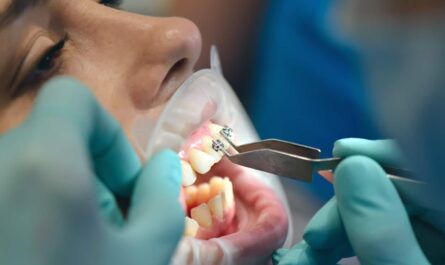In every household, workplace, or even on outdoor excursions, a well-equipped first aid box is a critical tool for addressing minor injuries and emergencies. Yet, merely owning one is not enough; knowing how to use its contents can be the difference between a swift recovery and prolonged discomfort. In this comprehensive guide, we’ll explore the essential components of a first aid box and provide practical insights on utilizing them effectively.
Familiarize Yourself with the Contents
Before delving into the specifics, take a moment to acquaint yourself with the contents of your first aid box. A typical kit should include bandages, adhesive tape, antiseptic wipes, scissors, tweezers, pain relievers, and any specific medications or items tailored to your family’s needs. Familiarity with these supplies ensures you can act swiftly and decisively when the need arises.
Basic First Aid for Cuts and Scrapes
One of the most common injuries we encounter is cuts and scrapes. To address these, follow these steps:
- Clean the Wound: Begin by gently cleaning the wound with antiseptic wipes or a mild soap and water solution. Removing any debris or dirt is crucial to prevent infection.
- Apply an Antiseptic: Once the wound is clean, apply an antiseptic ointment to help ward off bacteria and promote healing. This step is especially vital for wounds obtained outdoors.
- Cover the Wound: Use sterile dressings or adhesive bandages to cover the wound. This not only protects it from further contamination but also aids in the healing process.
- Change Dressings Regularly: It’s essential to change the dressing regularly, especially if it becomes wet or dirty. Keeping the wound clean promotes faster healing.
Handling Burns Effectively
Burns can happen in various scenarios, from kitchen mishaps to accidental contact with hot surfaces. Here’s how to use your first aid box for burns:
- Cool the Burn: If the burn is caused by heat, immediately cool the affected area with cold running water for at least 10 minutes. Avoid using ice directly on the burn, as it can cause further damage.
- Apply Burn Ointment: After cooling, apply a specialized burn ointment or gel to soothe the affected area. This helps alleviate pain and supports the healing process.
- Cover with Sterile Dressing: Once the burn has been treated, cover it with a sterile, non-stick dressing or a clean, dry cloth. This provides a barrier against infection.
- Seek Medical Attention if Necessary: For severe burns, especially those affecting a large area or causing blistering, seek immediate medical attention.
Providing Support for Sprains and Strains
Sprains and strains are common injuries, particularly during physical activities. Your first aid box can be instrumental in managing these injuries:
- Rest, Ice, Compression, Elevation (R.I.C.E.): This acronym encapsulates the general approach to treating sprains and strains. Encourage the injured person to rest, apply ice, use compression (with an elastic bandage), and elevate the affected limb to minimize swelling.
- Use Elastic Bandages: Elastic bandages from your first aid kit can provide support to the injured area. Wrap them snugly but not too tight to avoid compromising blood circulation.
- Pain Relief: Over-the-counter pain relievers from your first aid box can help alleviate pain associated with sprains and strains. Follow the recommended dosage guidelines.
Regular Maintenance of Your First Aid Kit
A well-maintained first aid box is a reliable ally in times of need. Here are some tips for ensuring its readiness:
- Check Expiry Dates: Regularly inspect the contents of your first aid kit, paying close attention to the expiration dates of medications. Replace any items that have expired.
- Restock Used Items: After using items from the first aid box, promptly restock them to maintain the kit’s completeness.
- Personalize the Kit: Tailor your first aid box to the specific needs of your family. Include any prescription medications, allergy medications, or other items relevant to your household.
Quick Reference Guide and Emergency Contacts
To enhance the usability of your first aid box, keep a quick reference guide and emergency contact list within the kit. Include basic first aid instructions for common injuries and a list of emergency contacts, such as local hospitals, poison control, and family doctors.
Conclusion
A well-prepared first aid box is more than just a collection of supplies; it’s a lifeline in moments of crisis. By familiarizing yourself with its contents and learning how to use them effectively, you empower yourself to respond confidently to minor injuries and emergencies. Regular maintenance ensures that your first aid kit remains a reliable resource when you need it the most. Stay prepared, stay safe, and make the most of this essential tool in promoting the well-being of yourself and those around you.







